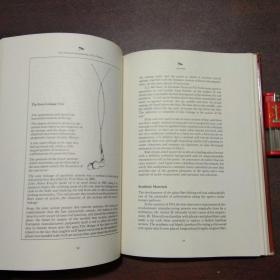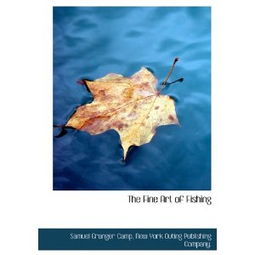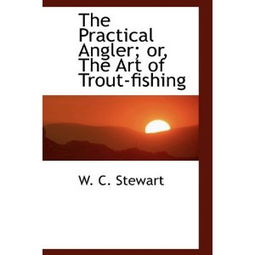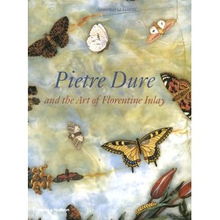Content:
Embarking on a fishing adventure along the serene banks of a river or lake can be an incredibly rewarding experience. Whether you're a seasoned angler or a beginner looking to cast your line into the water, mastering the art of bank fishing requires a combination of patience, skill, and knowledge. One of the most crucial aspects of successful bank fishing is understanding how to prepare and mix the perfect fish bait. In this article, we'll delve into the essential tips and tricks for perfect bait mixing, ensuring that your next fishing trip is a success.
Understanding Your Target Fish
Before diving into the specifics of bait mixing, it's important to understand the types of fish you're targeting. Different species have varying preferences when it comes to food, so tailoring your bait to match their diet is key. Here's a quick guide to some common fish species and their preferred baits:
Bass: Bass are known for their preference for live bait, such as worms, crickets, and minnows. Artificial lures can also be effective, especially during the warmer months when natural bait is scarce.
Carp: Carp are bottom feeders and are often attracted to bread, corn, and other starchy baits. They are also known to be attracted to floating baits, making them ideal for use in the summer.
Trout: Trout are more selective feeders and are often lured by natural baits like nymphs, mayflies, and small fish. Artificial lures can also be effective, especially during the spring and fall when natural bait is abundant.
Catfish: Catfish are bottom feeders and are attracted to a variety of baits, including cut bait (like chicken liver or fish), live bait (like shad or goldfish), and even stink bait, which can be a game-changer in murky waters.
Choosing the Right Bait
Once you've identified your target species, the next step is to choose the right bait. Here are some popular bait options for different fish species:
Live Bait: Live bait, such as worms, minnows, and crickets, can be incredibly effective for attracting fish. Live bait is often preferred because it moves naturally in the water, triggering a fish's natural predatory instincts.
Artificial Lures: Artificial lures, such as spinners, jigs, and crankbaits, can mimic the movement of real fish and are effective for catching a variety of species.
Cut Bait: Cut bait, which includes pieces of fish, chicken liver, or other meat, can be a powerful attractant for fish like catfish and bass.
Stink Bait: Stink bait, which emits a strong odor, can be used to attract fish in murky waters, particularly catfish.
Mixing the Perfect Bait
Now that you know what bait to use, it's time to learn how to mix it. Here are some tips for preparing your bait:
Keep It Simple: When it comes to bait mixing, less is often more. Over-mixing can lead to a bait that's too thick or clumpy, which can be difficult for fish to bite.
Use Fresh Ingredients: Always use fresh bait. Stale or decomposing bait can be unappealing to fish and may even be harmful to the environment.

Adjust Consistency: The consistency of your bait should mimic the natural consistency of the food source in the water. For example, a dough bait might be more suitable for bottom-feeding fish like carp, while a paste bait might be better for surface-feeding fish like bass.
Experiment with Flavors: Some anglers find that adding a bit of garlic, anise, or other flavors to their bait can make it more attractive to fish. However, be cautious with the amount, as too much can overwhelm the fish.
Prepare in Advance: If you're planning to fish for a long period, it's a good idea to prepare your bait in advance. This can save you time and ensure that your bait remains fresh and effective throughout your trip.
Additional Tips for Bank Fishing Success
Timing: Fish are most active at certain times of the day. Early morning and late evening are often the best times to fish, as this is when fish are most likely to feed.
Location: Pay attention to the water's depth, current, and structure. Fish tend to congregate in areas where there is cover or a change in water depth.
Patience: Fishing requires patience. Be prepared to wait for a bite, and don't get discouraged if you don't catch anything right away.
Safety: Always prioritize safety, especially when fishing along the banks of a river or lake. Be aware of your surroundings, wear appropriate clothing, and stay hydrated.
By mastering the art of bait mixing and applying these essential tips, you'll be well on your way to a successful bank fishing adventure. Happy fishing!












